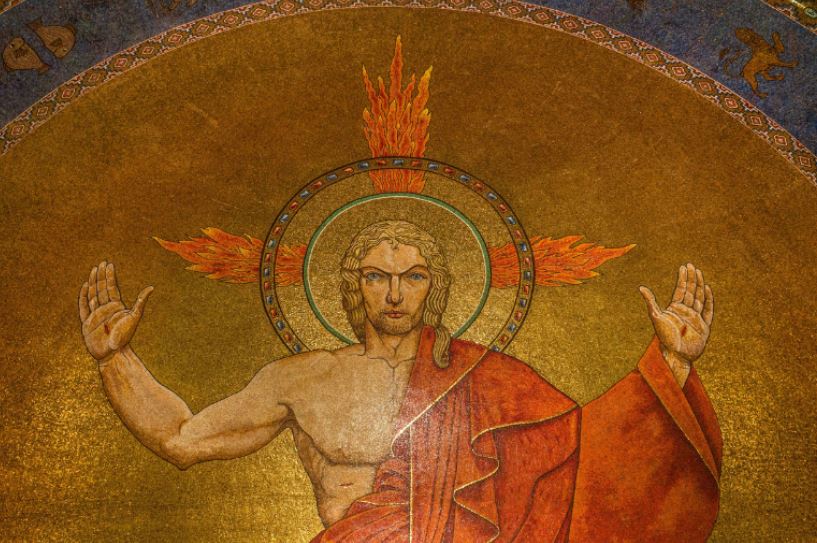Lent as we know it today took many centuries to develop.
Was the season of Lent always 40 days long? Were the apostles the ones responsible for establishing it? If not them, who did?
During the first few centuries of the Church, Christians were often persecuted and it was difficult for the bishops of the Church to create an all encompassing liturgical calendar. In general, bishops were entrusted with a local church and it was up to them to lead the Christian people in the worship of God. This resulted in an early disparity in how Christians celebrated Lent.
St. Irenaeus, during the 2nd century, wrote a letter to the pope at the time about the variety of fasts before Easter.
For the controversy is not only concerning the day [of Easter], but also concerning the very manner of the fast. For some think that they should fast one day, others two, yet others more; some, moreover, count their day as consisting of forty hours day and night.
And this variety in its observance has not originated in our time; but long before in that of our ancestors. It is likely that they did not hold to strict accuracy, and thus formed a custom for their posterity according to their own simplicity and peculiar mode. Yet all of these lived none the less in peace, and we also live in peace with one another; and the disagreement in regard to the fast confirms the agreement in the faith.







